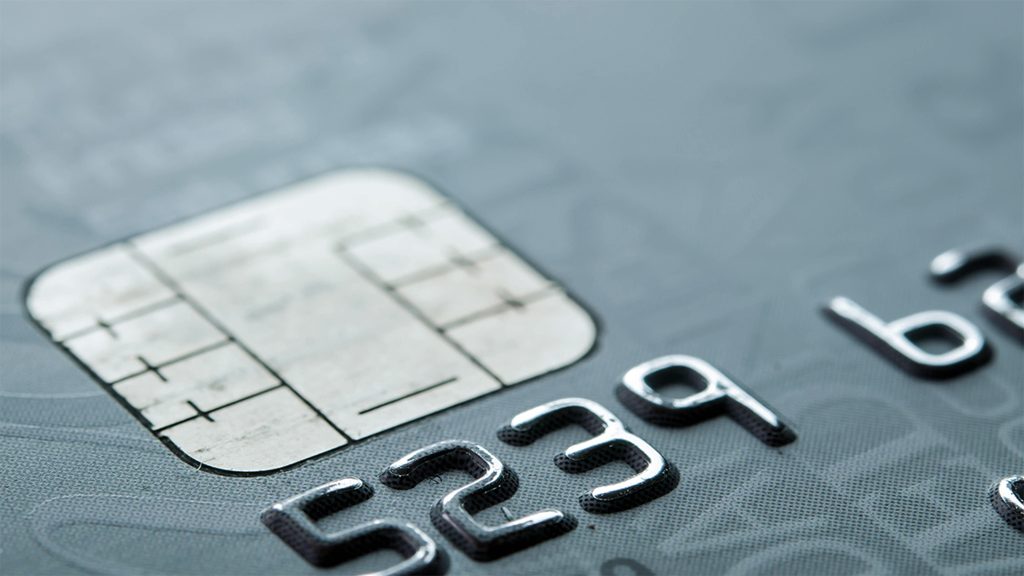In recent years, credit cards with a chip have become increasingly popular. This is because they are seen as more secure than traditional credit cards. While this is true, there are also some disadvantages to using credit cards with a chip. In this blog post, we will take a look at the pros and cons of EMV credit cards with a chip so that you can make an informed decision about whether or not they are suitable for you.
What is an EMV Chip Card?
In October 2015, the major credit card companies implemented a new standard for credit cards in the United States. This new standard included a chip in addition to the traditional magnetic stripe on the back of the card. The resulting credit cards are often called “chip cards” or “EMV cards” (EMV stands for Europay, Mastercard, and Visa, the three companies that created the standard).
The purpose of the chip is to make credit card transactions more secure. The chip creates a unique code for each transaction that is very difficult to counterfeit. Unfortunately, there have been some issues with implementing this new standard.
The Pros of Credit Cards with a Chip
- Increased Security: One of the biggest advantages of credit cards with a chip is that they are more secure than traditional credit cards (for in-person transactions). The chips in these cards store information differently than magnetic stripes, making it harder for criminals to access your personal data.
- Widespread Acceptance: Another advantage of these cards is that more and more retailers are investing in point-of-sale devices that can read chip cards, so you can use your card just about anywhere.
- Fraud Protection: Finally, most credit card issuers offer fraud protection for purchases made with a chip card. This means that if your card is lost or stolen, you’re not liable for any unauthorized charges.
The Cons of Credit Cards with a Chip
- Security Concerns: One potential drawback of credit cards with a chip is the security of these chips themselves. The chips may not be as secure as we think they are. EMV was designed to prevent fraudulent transactions, but it does nothing for the data once you lose control of your card. Hackers can easily get this information from unencrypted transaction info stored on company devices. If your company uses EMV cards not exclusively for in-person purchases, this could put security at risk, just like other mag-stripe cards.
- Supply Chain Issues: Another concern for credit cards with a chip is that they can cause delays in the supply chain. As with many similar items, there are current shortages of the cards and point-of-sale devices that can read them. These delays continue to frustrate both retailers and consumers alike.
- Higher Costs: Finally, because credit cards with a chip are still relatively new, they often come with higher costs than traditional credit cards. This includes both annual fees and per-transaction charges.
What Does the Future Hold?
The decision of whether or not to implement credit cards with chips is ultimately up to each employer. However, there are several compelling reasons why these types of credit cards may be worth putting on hold due to the challenges that have arisen during implementation. In light of the recent security concerns and delays due to the supply chain, companies, like BRI, with an option to provide EMV cards, have been shying away from switching entirely to EMV credit cards. If you’re considering switching to a credit card with a chip, weigh the pros and cons carefully to decide if it’s the right choice.



